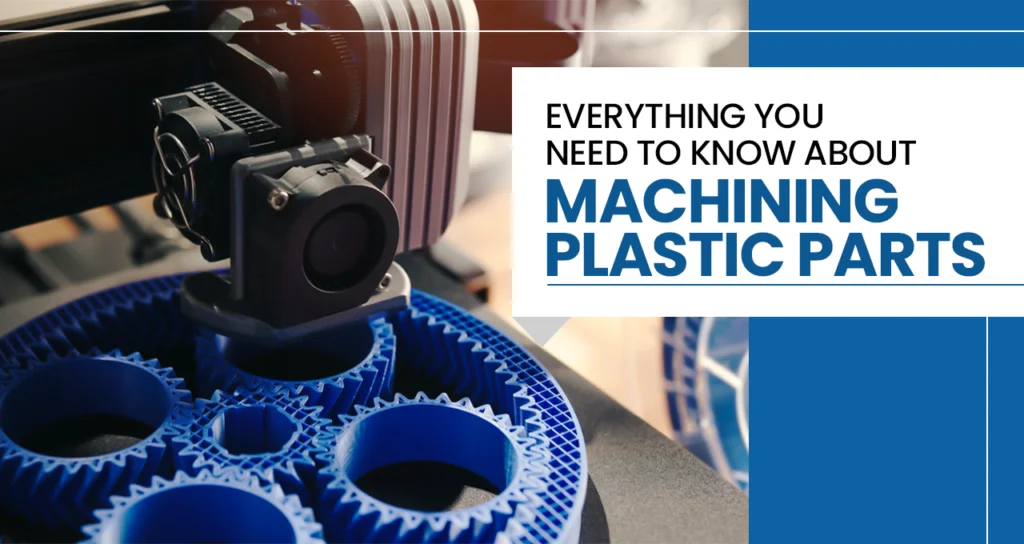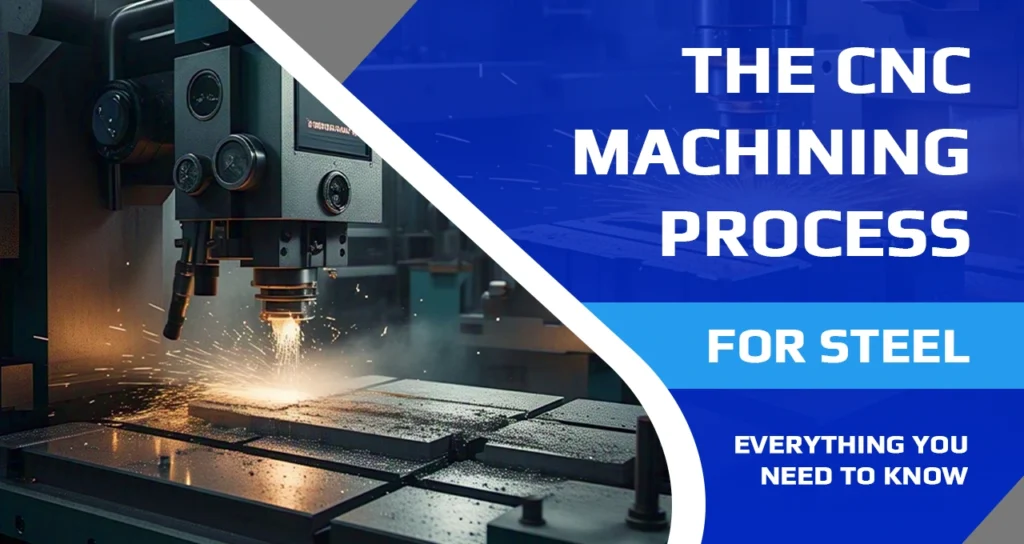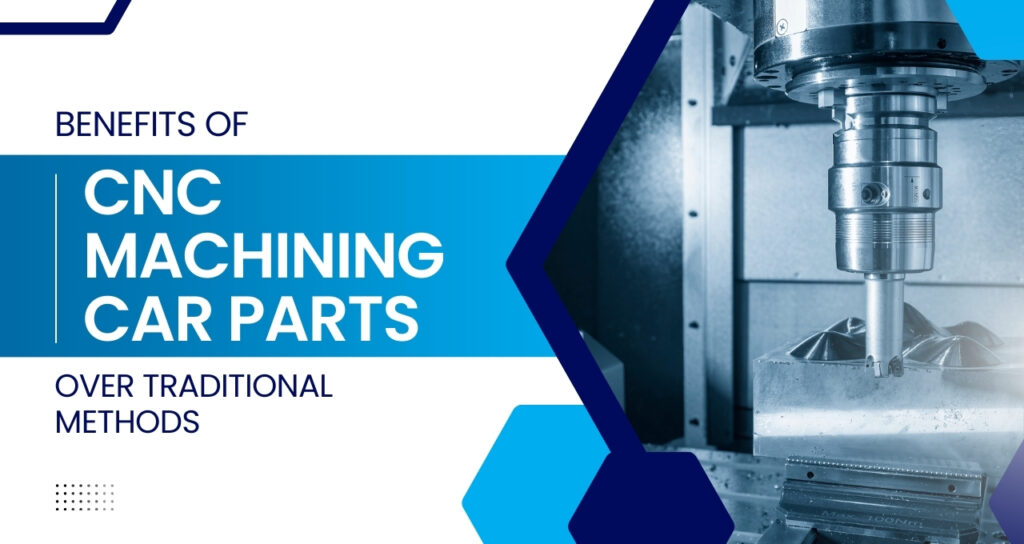The services for CNC turning are widely used in manufacturing to make different parts as well as products with precision and speed. When it is for cars, machines, or electronics, CNC turning always helps to make the exact parts needed for various industries. But how does it work, and why is it such a popular choice for businesses?
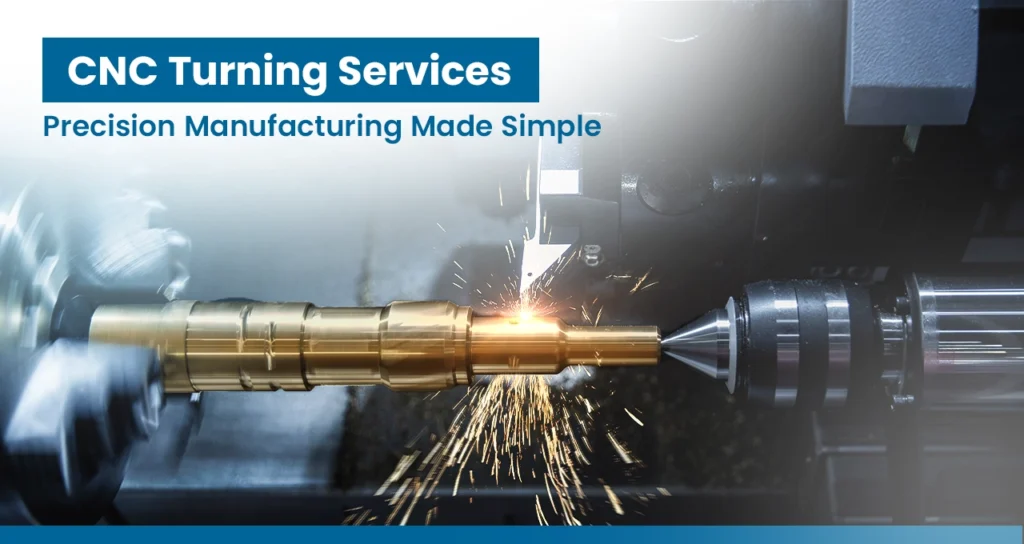
In this blog, we will explain the basics of CNC turning. So, you will learn about how the process works, the different operations involved, and why so many companies depend on CNC turning services to get their parts made quickly as well as accurately.
What is CNC Turning?
It is none other than a process that always uses a computer-controlled machine to create parts from materials like metal, plastic, or wood. However, the machine known as a lathe, rotates the material while a cutting tool shapes it into the desired form. Besides, the term “CNC” stands for “Computer Numerical Control.” That means the machine is completely programmed to perform precise operations automatically.
The Working Procedure of CNC Turning
Do you know how CNC turning works? Fear not! Before discussing what CNC turning services are, we will discuss the working method of CNC turning. CNC turning is a process that generally uses a machine called a lathe to shape materials like metal, plastic, or wood. So, the first step is to securely hold the material in the machine. However, this material often comes in the form of a long bar or cylinder and is then clamped into place. Now, once it is secure, the machine spins the material at high speeds. While the material is spinning, a cutting tool moves towards it and starts shaping it.
Key Operations in CNC Turning
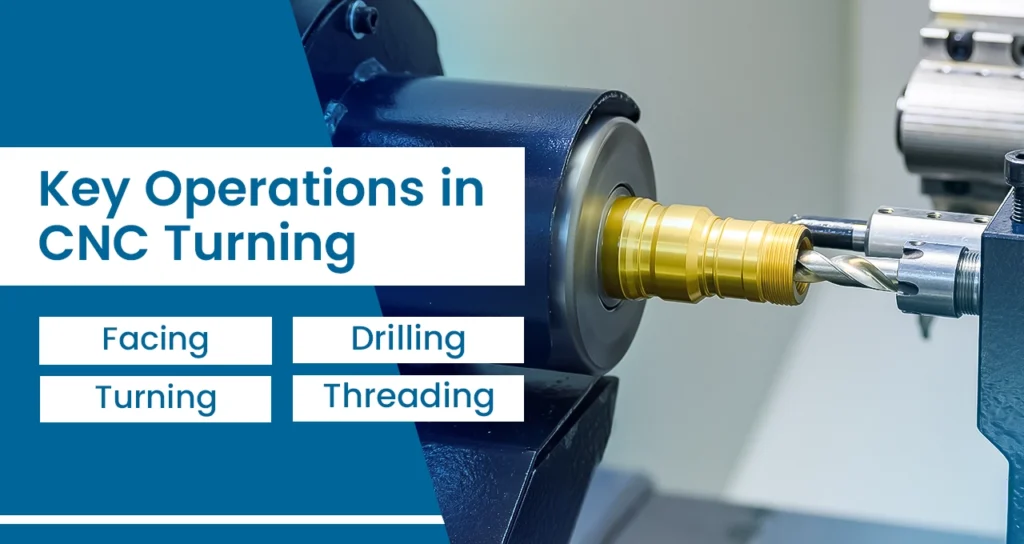
There are many operations performed in CNC turning to achieve the desired shape as well as the size of a part. These include:
#Process 1: Facing
One of the first operations is called facing. In this step, the machine successfully cuts the material to create a smooth as well as flat surface on one end. However, facing will make one or both ends flat and clean.
#Process 2: Turning
The next process is turning. Here the machine successfully removes material along the length of the part. Besides, the goal of turning is to reduce the diameter of the material.
#Process 3: Drilling
Another key operation is drilling. Just like using a drill at home to make a hole in wood, CNC turning machines can drill holes easily in the material. However, the size as well as placement of the holes are carefully controlled to make sure everything is done accurately.
#Process 4: Threading
Threading is another important step in CNC turning. This operation always cuts grooves, or threads, on the outside or inside of the material. However, threads are what allow parts to screw into each other.
Benefits of CNC Turning Services
The services of CNC turning always offer many advantages for businesses in manufacturing and those are:
- Precision: The computer-controlled process always ensures that every part is made with high accuracy. It is very important for industries like aerospace, automotive, and medical devices.
- Consistency: CNC machines can easily produce a large number of quantities of parts with the same exact specifications. Therefore, it reduces the chance of human error.
- Efficiency: Once the machine is programmed, it can run continuously, making it a time-saving option for large production runs.
Conclusion
If you are searching for fast, accurate, as well as reliable services for CNC turning, it is very important to choose the right provider for your business. Createproto Rapid System Limited specializes in providing top-notch CNC turning solutions as per your specific needs. With our ability to deliver consistent results across a wide range of materials, our CNC turning is perfect for industries that depend on accuracy and efficiency.
So, contact us today to learn more about how we can help bring your designs to life with precision and expertise!

